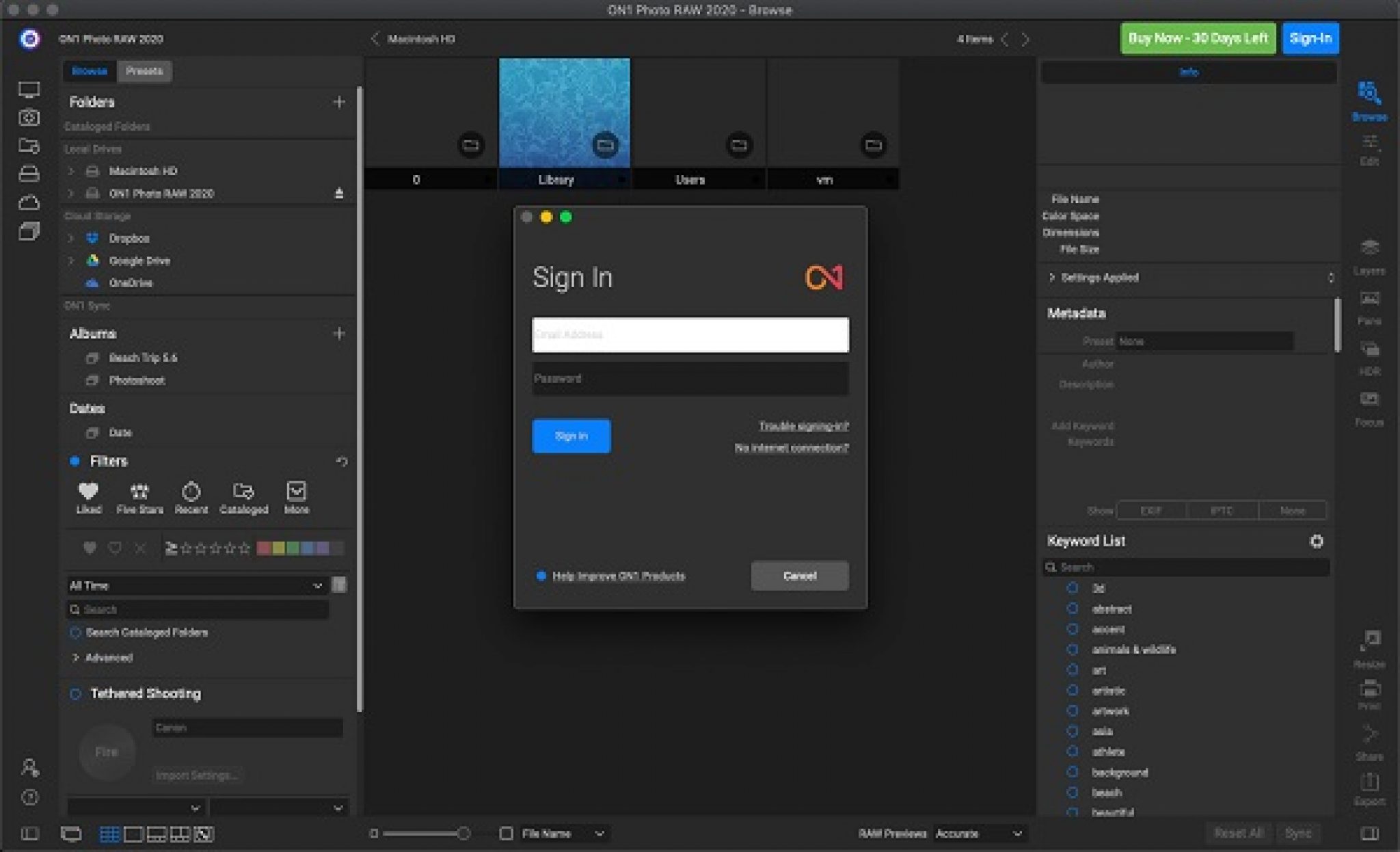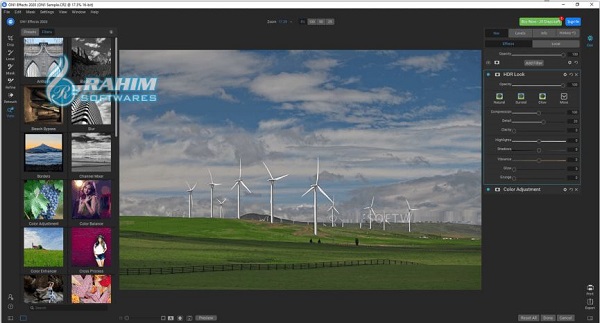

#Command on1 effects software
On1 developed its Browse software to essentially treat your images like actual previews rather than having to wait for the Raws to render. Wait, don’t I have to import the images and make a catalog? Say goodbye to waiting for and building previews for what seems like days. Let’s start by opening the program and accessing my images instantly. The versatility of Masking across all panels is a massive upgrade. There are new Develop panel adjustment tools that expand the quality of Raw files. We can build up our creativity and don’t have to rely on Photoshop for our end-all program. This has layers for Develop settings, layers for Effects, and an entire editing panel dedicated to editing with Photoshop-like Layers. With the nondestructiveness and syncability between images, I can navigate from adjusting Develop settings to applying stylistic Effects. This helps me to get going quickly on selection, but more importantly to start editing my creatives. Working in On is faster from start to finish-no more cataloging or rendering Raw previews. After taking a test drive with On1’s new and improved RAW 2017 software, I am blown away. It’s not that I have a bunch of complaints against Lightroom-I just want the best quality for my images.
#Command on1 effects professional
Shutter Magazine is the industry’s leading professional photography magazine.Īs a long-time Lightroom user, I am always looking for a program to handle my Raw files better.
#Command on1 effects free
Launch the February issue of the magazine by logging in or signing up for a free account by clicking here. Want more information on this article? Get access to video content and additional supporting images. That value, and then the second address is calculated.5 Reasons to Use On1 Photo RAW 2017 Over Lightroom CC with Dustin Lucas

The first address is calculated, the current line (. May also be separated by a semicolon ( ). Typically, addresses are separated from each other by a comma ( ,). Of addresses is given if more addresses are given than such a command

Commands thatĪccept one or two addresses assume default addresses when an insufficient number Commands that require noĪddresses regard the presence of an address as an error. ed CommandsĬommands may require zero, one, or two addresses. Internationalized Basic Regular Expressions are used for all system-supplied locales. The exact effect on theĬurrent line is discussed under the description of each command. To understand addressing in ed, it is necessary to know that atĪny time there is a current line. Regular expressionsĪre used in addresses to specify lines and in some commands (forĮxample, s) to specify portions of a line that are to be The ed utility supports a limited form of regular expression notation. If ed executes commands with arguments, it uses /usr/xpg4/bin/sh (see ksh88(1)). If ed executes commands with arguments, it uses the default shell /usr/bin/sh The beginning of a line, followed immediately by a carriage return. In this mode, no commands are recognized all input In general, only one command may appear on a line. EveryĬommand that requires addresses has default addresses, so that the addresses can These addresses specify one or more lines in the buffer. Two addresses followed by a single-character command, possibly followed by parameters to Maximum line length of 72 would be imposed if the first lineĬommands to ed have a simple and regular structure: zero, one, or Tab stops would be set at 5, 10, and 15, and a If, however, the first line of fileĬontains a format specification, that specification will override the default mode. Mode is either stty -tabs or stty tab3, where tab stops are setĪt eight columns (see stty(1)). Attempts to bypass these restrictions result in an error messageīoth ed and red support the fspec(4) formatting capability. red prohibits executing shellĬommands via ! shell command. It will onlyĪllow editing of files in the current directory. The red utility is a restricted version of ed. The copy of the textīeing edited resides in a temporary file called the buffer. Changes made to the copy have no effect on the file The ed utility operates on a copy of the file it isĮditing. Is, the file is read into ed's buffer so that it can If file is specified,Įd simulates an e command (see below) on the named file. The ed utility is the standard text editor. text editor Synopsis /usr/bin/ed /usr/xpg4/bin/ed /usr/xpg6/bin/ed /usr/bin/red Description


 0 kommentar(er)
0 kommentar(er)
